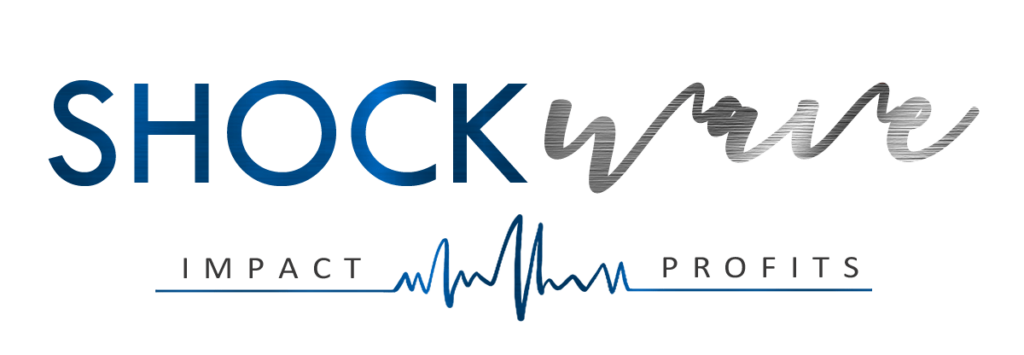4 Tools to Help Your Team Get Organized

No time is a bad time to work on how to stay organized at work. By leveraging your leadership, you can guide the rest of your team toward being more organized. As a result, employees will spend less time looking for what they need to work on and more time actually working.
To help team members reap the benefits of organization, invest in these four productivity tools. They can help your team improve time management and work smarter.
1. Cloud Storage
More small-business owners now work in multiple locations, and many of their co-workers or employees work remotely. It’s no surprise that cloud storage has become one of the best work organization tools you can use.
Cloud storage is ideal for all types of roles and functions at a company. One example where it’s particularly productive is in content marketing. Say a remote worker is producing content for a campaign and needs to access other existing content or appropriate visuals to use. Cloud storage serves as a practical task management tool by having everything required within reach for that remote worker.
Examples of cloud storage solutions include DropBox and Google Drive. Cloud companies typically offer subscription packages featuring various storage capacities. You can choose the best package for your business, keeping your investment in line with the company’s size and budget without taking away the opportunity to scale up as your business expands.
2. Calendar Sharing
Screenshots of schedules aren’t necessary for today’s modern workers to be kept in the know. Nor do team members have to search long email threads to organize meetings or events.
Instead, digital calendars offer calendar sharing functionality, so everyone knows what’s going on and when it’s happening. Calendar sharing can help provide real-time insights on availability and scheduling. You can pick and choose from a list of available times when you and your colleague can meet.
If you have Microsoft Outlook, Apple Calendar, or Google Calendar, you can use sharing features to select who can see your schedule. There are also apps like Calendar and Calendly that provide ways to connect, sync, and share digital calendars.
3. Collaboration Tools
Working together on a digital platform saves considerable time. It is better than sifting through email file attachments and folders to figure out where projects stand.
Besides the project management benefits, collaboration tools can help you with note-taking, time tracking, and communication. They also offer to-do list features that can help your team get organized.
The best collaboration software solutions are cloud-based. Teams can sign in from their devices and access the same documents, projects, lists, and messages. Everyone can contribute their ideas for the team to see and offer immediate feedback.
There are many examples of collaboration software. You can try free options like Google Docs and Google Keep. There are also tiered payment solutions that fit small businesses to large enterprises. Examples include Trello, Evernote, Asana, Todoist, Zapier, Slack, and my favorite, Wrike.
4. Expense Tracking Apps
As business owners, we need to stay on top of how money flows in and out of the company. It can be challenging to stay organized with finances when receipts and digital payments are scattered around. And worse yet, that can result in you spending more than you make.
However, expense tracking apps make it easy to organize finances, whether you are in the office or traveling on business. Many of these apps let you use your smartphone to scan paper receipts, so you don’t forget to include expenses for tax or accounting purposes. Not only do these finance apps record each expense, but also categorize and organize them for you.
Some expense tracking apps offer other features that help you organize the business finances even further, such as mileage tracking, corporate card reconciliation, per diem functionality, and currency support. They might also offer integrations with online and software accounting services.
Expense tracking apps that deliver the financial organization you are looking for include Expensify, Zoho Expense, and Shoeboxed.
Bonus Tip: How to Select Organization Tools
Before signing up for every available organization tool, platform, and app, assess what you need. Target those areas first. Technology is only a solution when you create strategies to implement it in ways that address your pain points.
If you have a team that travels and spends a lot, then an expense tracking app is a good investment. A collaboration tool is an excellent place to start if your remote team needs a way to centralize projects and communication. If you need more than a couple of organizational tools, then look for those that may integrate.
Next, take time researching how the available tools work to make sure they are a good fit. Take advantage of any available trials to see how they work for you and the team. Once you feel comfortable and see the benefits of using a set of tools, you can keep implementing them and organizing your teams for succes
Author: Emma Rainville


3 comments
Highly descriptive blog, I loved that a lot. Will there be a part 2?|
We will probably have one in the future. Thanks for checking our blog out!
I love what you guys are up too. This kind of clever
work and reporting! Keep up the great works guys I’ve incorporated you guys to our blogroll.